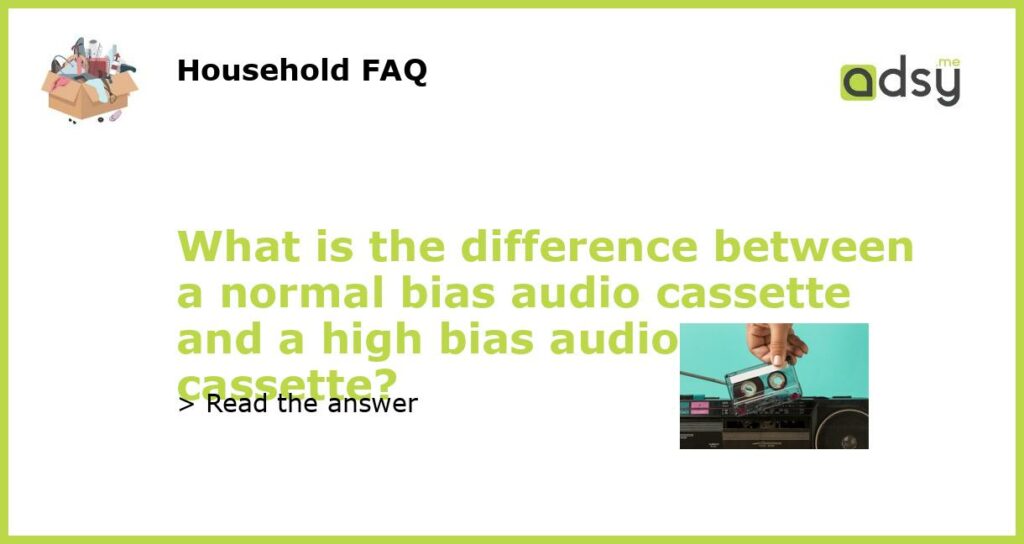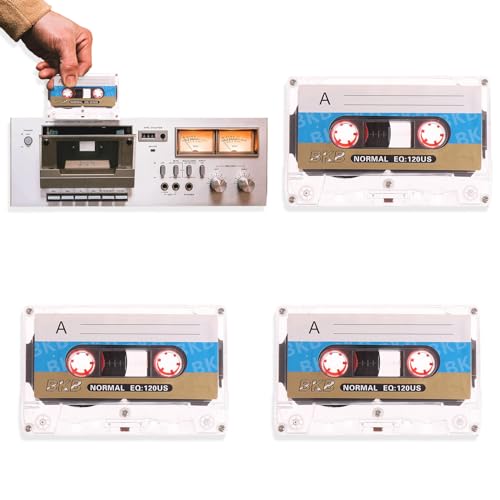Understanding the Difference Between Normal Bias and High Bias Audio Cassettes
For those who still cherish the good old days of music quality, audio cassettes are a perfect way to relive those moments. With their warm analogue sound and retro appeal, cassettes offer a unique listening experience. However, not all cassettes are the same, and the terms normal bias and high bias are often thrown around without much explanation. So what is the difference between the two?
Normal Bias Audio Cassettes
Normal bias cassettes, also known as Type I, are the most common and affordable type of cassette tapes. They use a ferric oxide coating on the tape, which magnetizes to record the sound. Normal bias tapes have a lower signal-to-noise ratio than high bias ones, and their frequency response is generally between 20Hz to 17kHz.
Normal bias tapes are perfect for recording speeches, audiobooks, and general listening, but not ideal for music recording. They are also compatible with most cassette players and recorders, making them a popular choice among casual listeners.
High Bias Audio Cassettes
High bias cassettes, also known as Type II, are a step up from normal bias cassettes in terms of both quality and price. They use a more advanced cobalt or chromium dioxide coating on the tape, which produces a stronger magnetic field and a higher signal-to-noise ratio.
High bias tapes have a wider frequency response range, generally between 20Hz to 20kHz, which means they capture a much fuller sound with better bass response and overall clarity. They are perfect for music recording, sound engineering, and mastering.
Which One to Choose?
The choice between normal and high bias cassettes depends on your listening preferences and what you want to use them for. If you are an audiophile looking for the best sound quality, high bias cassettes are the way to go, especially for recording music. However, if you are a casual listener looking for an affordable option, normal bias tapes may suffice.
The choice between normal and high bias audio cassettes boils down to quality and price. If you want the best sound quality and are willing to pay for it, high bias cassettes are the best option. However, for general listening, normal bias tapes are adequate and affordable. Whether you prefer the nostalgic feel of cassettes or the convenience of digital music, the choice is entirely yours.






![BLAST (RED) [CASSETTE]](https://m.media-amazon.com/images/I/41jFyKU6SjL.jpg)